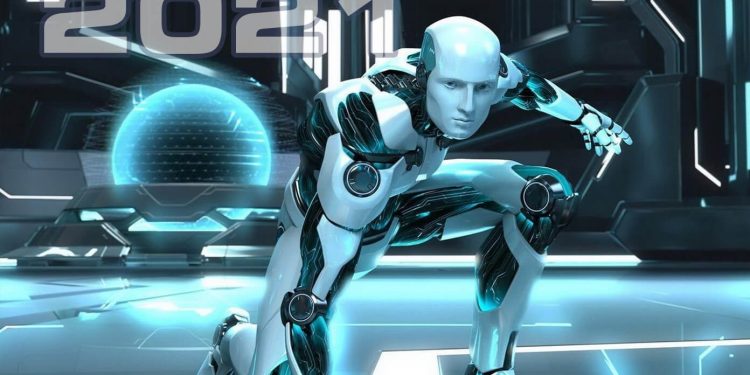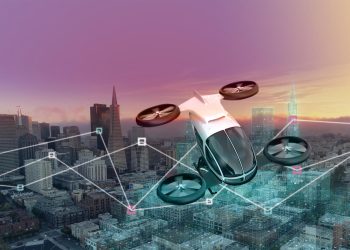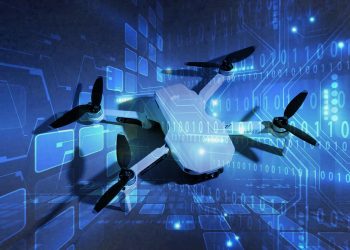Robotics keep the physical and digital world connected in a seamless and automated manner. Year after year, their usage in various spheres of our lives is expanding. Each year, we see new trends in robotics, but all the trends can be boiled down to simplifying how processes, people, and tools work. Below are some robotic automation trends that we are expected to see in 2021.
Automation will promote contactless human interactions
Covid-19 has brought constraints in human-to-human interaction. Therefore, contactless employee and consumer interaction will gain more adoption in 2021. More and more robotic automation will be applied to the areas requiring human-to-human contact.
Site Reliability Engineering will simplify tasks
The world has faced several challenges in 2020, so 2021 will be about reducing complexity. More enterprises will be focused on Site Reliability Engineering as a way to replace complexity and hard work with smart and targeted automation. Choosing to invest in high-value automation with the least complexity will be the preference of most businesses.
The Internet of Robotic Things (IoRT) will help achieve more efficiency
Although the Internet of Things (IoT) and robotics technology are seen as separate fields, these two technologies can be integrated together in the form of the Internet of Robotic Things for better task execution. With the help of smart sensors, robots will be able to achieve new levels of efficiency and productivity. Here’s how these two technologies will work together:
- First, the robots will obtain sensor data.
- Then it can analyze data from the event it monitors, which will use edge computing, i.e., data will be analyzed locally.
- Third, by data analysis, the robot can determine which action to take. This will enable the robot to control or manipulate a physical object, which would be very helpful in predictive maintenance and other new services.
Cybersecurity will be a Priority
The rise of industrial robots working in tandem with humans has opened the door for several opportunities, but it has also highlighted the need to protect sensitive information from malware and cyberattacks. Therefore, users will be forced to address vulnerabilities in their processes and invest in cybersecurity. There will be a rise in investments in robotic security solutions such as encryption, authentication, denial of service protection, and secure communication.
More focus on orchestration
In 2021, there will be more focus on the orchestration of cross-domain automated workflows. Orchestration is the automated configuration, coordination, and management of computer systems, applications, and services.
Automation of Paper Work
RPA or Robotic Process Automation is a data-driven automation process, which helps businesses center around overseeing mundane, time-consuming duties performed by humans and monotonous tasks.
Since automation is quickly developing, robots can empower the human labor force in a powerful and productive way. In fact, some reports indicate that by 2025, the automation market will be replete with easy-to-deploy Robotic Process Automation models with pre-constructed functionalities for automating a variety of paperwork in organizations.
Intelligent automation will be widely adopted
Intelligent automation emulates human activity by using speech recognition, machine vision, and other pattern detection capabilities. By leveraging the learning potential of machine learning, it can take strategic business behavior to the next level. In 2021, there will be an increased utility of putting together RPA and AI for greater efficiency of business processes.
Robotic automation is a transformative technology, but it’s still poised to transform many aspects of businesses over the next couple of years. The six trends above will be some of the most impactful trends in robotic automation in 2021 that will help businesses adjust better to the “new normal” created by COVID-19.







